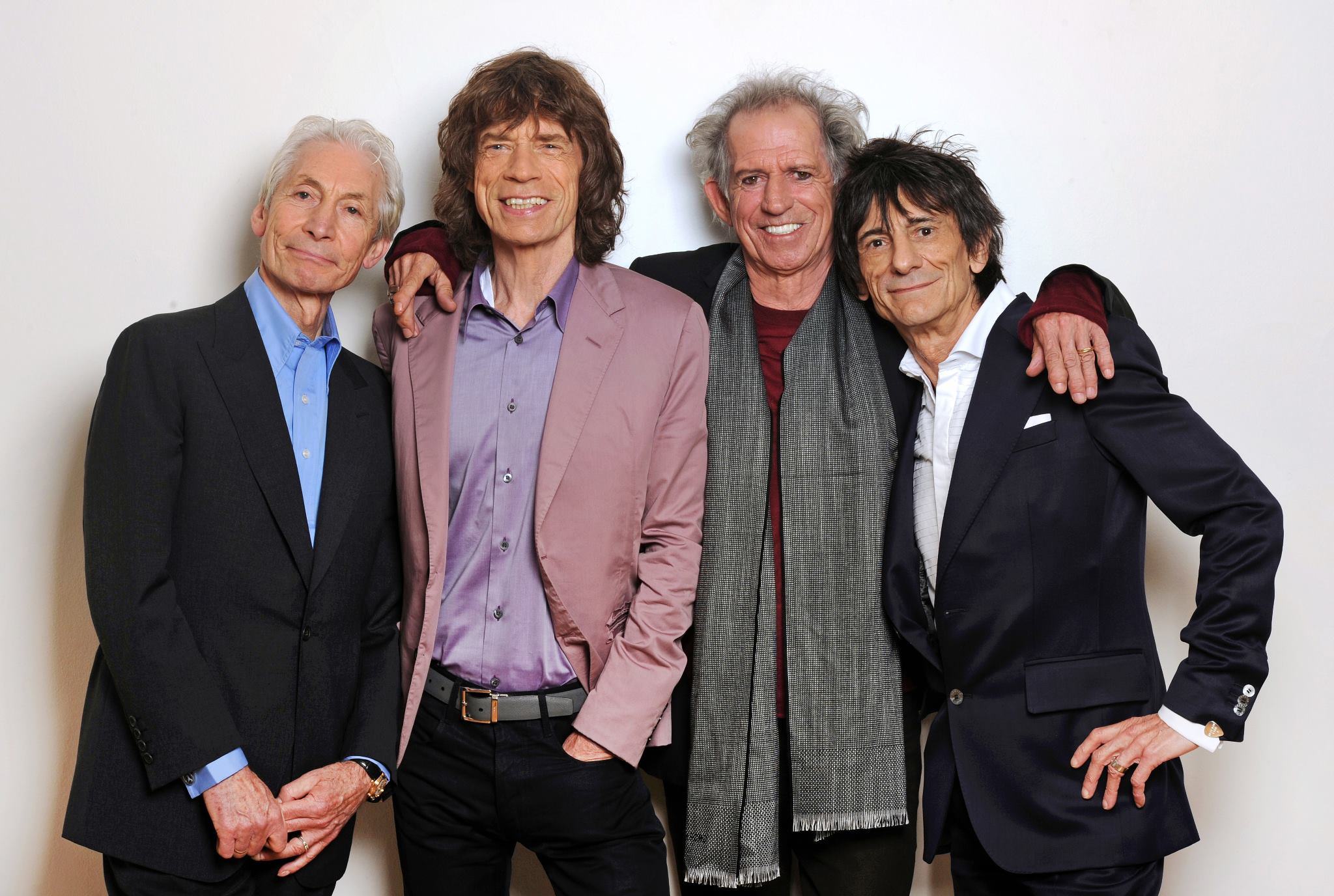Videos by American Songwriter
With Pandora’s IPO still fresh on our minds, we thought it would be a good time to test drive Pandora competitor Slacker Radio’s “premium” internet radio service.
About a year ago, we checked in with Slacker about a partnership with Hello Music that gave unsigned and emerging artists a chance to have their songs played on Slacker.
Since then, Slacker has been busy upgrading their radio service, which now has 8 million songs and 30 million listeners. They shelved Slacker Portable Radio, which was a handheld device launched in 2008, as it became obsolete in the smartphone era. Instead, Slacker has focused on their mobile apps. They make a mobile version of Slacker for everything from iPhone and iPads to Android devices, not to mention BlackBerry, Palm’s webOS, and Windows Mobile and Windows Phone 7.
Slacker also has a premium version of the radio service for $9.99 a month. Slacker Premium is the only internet radio to offer both personalized radio and on-demand access. This means that, unlike Pandora, you can play any song on-demand, as well as listen to single artist and genre stations, replay tracks and customize playlists.
Slacker’s pricing follows more in line with subscription services like Rdio ($9.99 a month for web and mobile access) and MOG. A Slacker Plus account runs $3.99 a month, and has no ads, allows song skipping and caching, which makes it possible to listen to music even if you aren’t connected to the internet. Pandora does offer a premium subscription service called Pandora One for $36 a year, which has a desktop app, unlimited listens (free accounts are limited to 40 hours a month), and no ads.
With recent focus in the tech world on both Pandora and Apple’s iCloud, there has been much chatter about the role of curation in music listening and discovery. With a celestial jukebox and access to an unlimited number of tracks, the future of how people discover music and determine what to listen to is up in the air.
In this debate over curation, a rep for Slacker says there is “a big philosophical difference” between Pandora and Slacker. With the Music Genome Project, Pandora treats music as a science, analyzing song characteristics, while Slacker believes in the art of radio deejay programming. Take, for example, Slacker deejay, Marco Collins, who brings years of radio experience to programming ’90s rock for Slacker stations.
Slacker employs about 90 deejays who create stations for the service. Deejays use traditional radio programming skills to pick song sequences instead of basing selections on scientifically broken-down sonic characteristics. While I was tuned in, the MGMT song “The Handshake” followed a song from Spoon likely not because there are commonalities of defined low end and buzzy synths, but because, for a human curator, it made for a pleasant transition. Slacker deejays also have the ability to make changes in real-time if they notice a track is getting a lot of plays, or vice versa.
In an age of newfangled things, it’s nice to see a radio station that honors the past while still looking ahead.














Leave a Reply
Only members can comment. Become a member. Already a member? Log in.